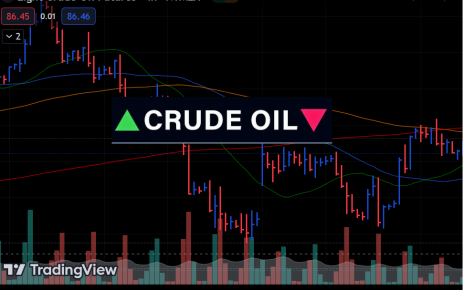- US corn and soybean prices reached multi-month highs.
- The weakening of the US dollar supported oil prices.
- US crude oil inventories decreased last week, while gasoline inventories increased.
On Wednesday, oil prices increased by one dollar per barrel due to the rise in US corn and soybean prices, which reached multi-month highs. This surge in agricultural prices led to expectations that global crop shortages would decrease the blending of biofuels and subsequently increase the demand for oil.
Traders noted that Chicago Board of Trade corn futures rose by 5.2%. Dry conditions affected a significant portion of the US crop as it approached crucial development stages. Furthermore, CBOT November soybeans reached their highest level since March 9.
Oil prices were additionally supported by the weakening of the US dollar against major currencies. This followed remarks by Federal Reserve Chair Jerome Powell hinting at the central bank nearing its desired policy objectives. A weaker dollar makes oil, denominated in dollars, more appealing to investors holding other currencies, thereby boosting demand.
Carol Kong, a currency expert at the Commonwealth Bank of Australia, stated that the markets had already factored in a significant level of hawkishness from Powell before his testimony. Therefore, his comments did not come as a significant surprise regarding the hawkish stance.
According to market sources referencing the American Petroleum Institute data, US crude oil inventories decreased last week, while gasoline inventories increased. The figures revealed a decline of approximately 1.2 million barrels in crude stocks for the week ending on June 16.
The Energy Information Administration’s official US oil inventory data, initially postponed by the Juneteenth public holiday on Monday, will be released on Thursday.
UK inflation (Source: Office for National Statistics, Bank of England)
However, the gains in oil prices were limited by data indicating that British inflation remained at 8.7% in May, contrary to expectations of a slowdown. This outcome raised the likelihood of the Bank of England raising interest rates by a substantial half a percentage point on Thursday.
Economists at ANZ expressed that the robust UK inflation data increased the likelihood of a rate hike larger than 25bps. It also increased the possibility of a higher terminal rate and interest rates remaining elevated for an extended period.
Craig Erlam, senior markets analyst at OANDA, expressed concerns about countries struggling to control inflation, as it could impede economic growth and pose a risk of global recessions.





